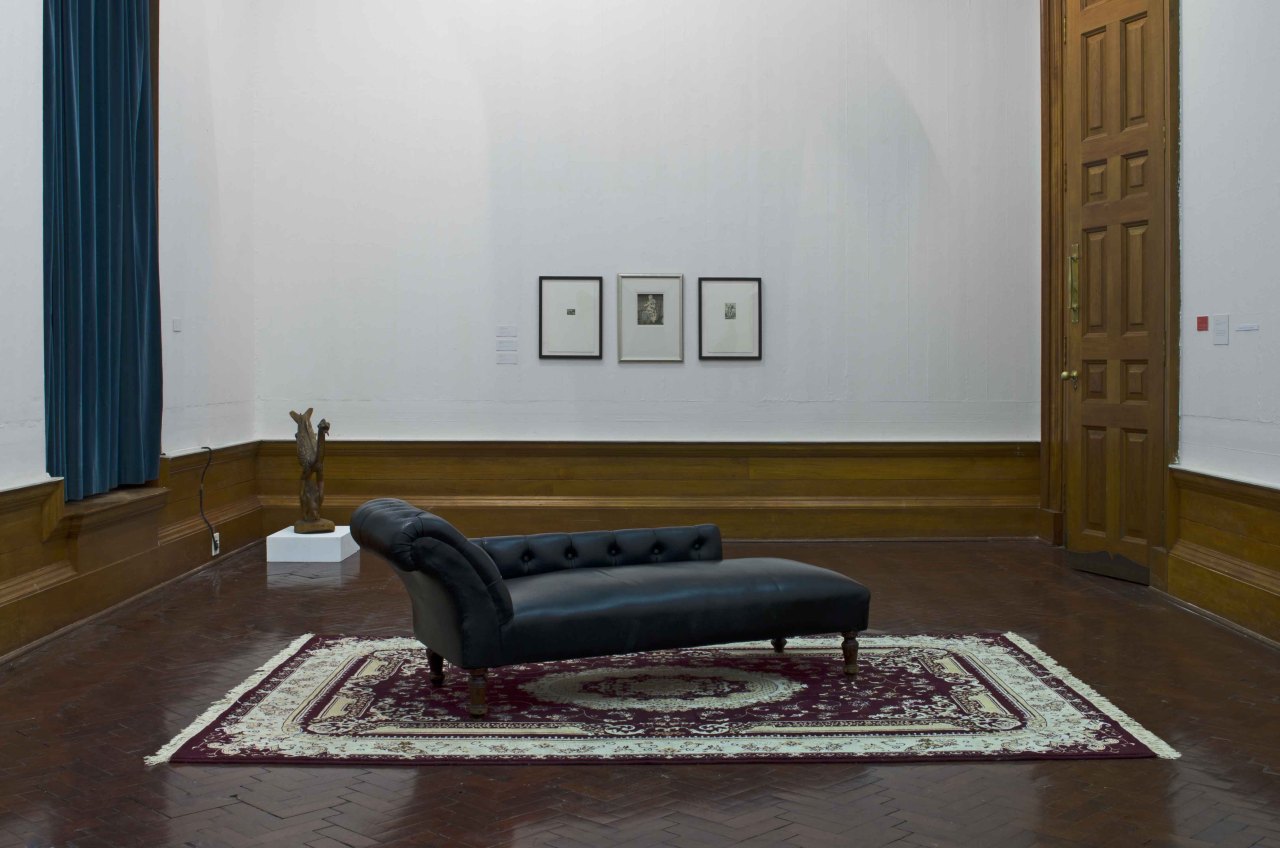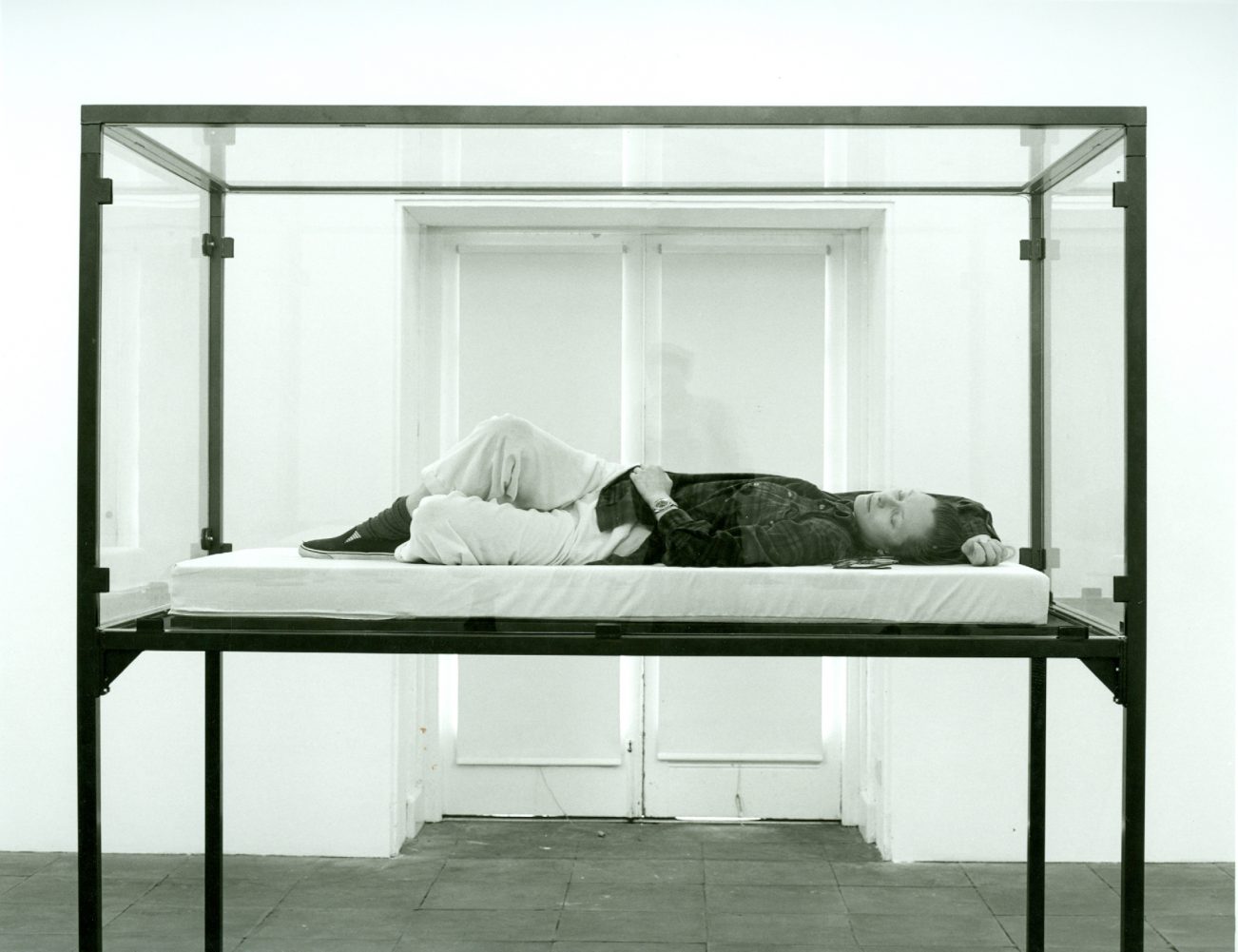
This CD album also includes a booklet with an essay by Lucia Farinati This recording was made under the famous couch of Dr. Sigmund Freud at 20 Maresfield Gardens, Hampstead, London. Sigmund Freud (1856-1939), founder of the Psychoanalysis, lived here 1938-1939. The house is now the Freud Museum [www.freud.org.uk]. From the museum’s website: Freud’s couch, upon which his patients would comfortably recline during psychoanalytic sessions, was normally covered by an Oriental rug throw. Underneath the throw, it is a plain and simple structure, raised by a scroll and pad at one end, though fully upholstered with springs and horsehair stuffing. The couch is rather short, so that the patient would not lie horizontally, but with the head quite high, supported by several cushions and pillows. According to Freud’s wife Martha, in an interview with Princess Marie Bonaparte in 1938, the couch was given to Freud by a grateful patient, a Madame Benvenisti, in about 1890.
The most important thing with this project is the method, the attitude and the process of doing it, doing the recording UNDER the famous couch, As a sort of parallel to the psychoanalytic method. And presenting it as a report from this «underworld». Using the recording devices as tools for to detect, for to extract what might be hidden there through more than 100 years of Psychoanalytic practice.
You can see this audio CD as a report from this investigation of the sounding «unconsciousness», the couch’s unconsciousness if I may say so. I have been working with the recorded material, trying to extract some «information» out of it. I am happy with the result.
The delicate and subtle information are there of course, but maybe difficult to hear. That’s how it should be. It is more about that this is done, and the «method» than anything else. The interpretation is up to the listener. Recorded on the 14th of September 2011.
Recording devices: ZOOM H4n, Voice Recorder Diasonic DDR-5000, Mini Cassette Recorder Olympus S701. Cover and label photographs by LE taken during the recording session. Many thanks to the Freud Museum for so generously having me under the couch. Special thanks to Lucia Farinati and Dr. Sigmund Freud.
➝ Info




